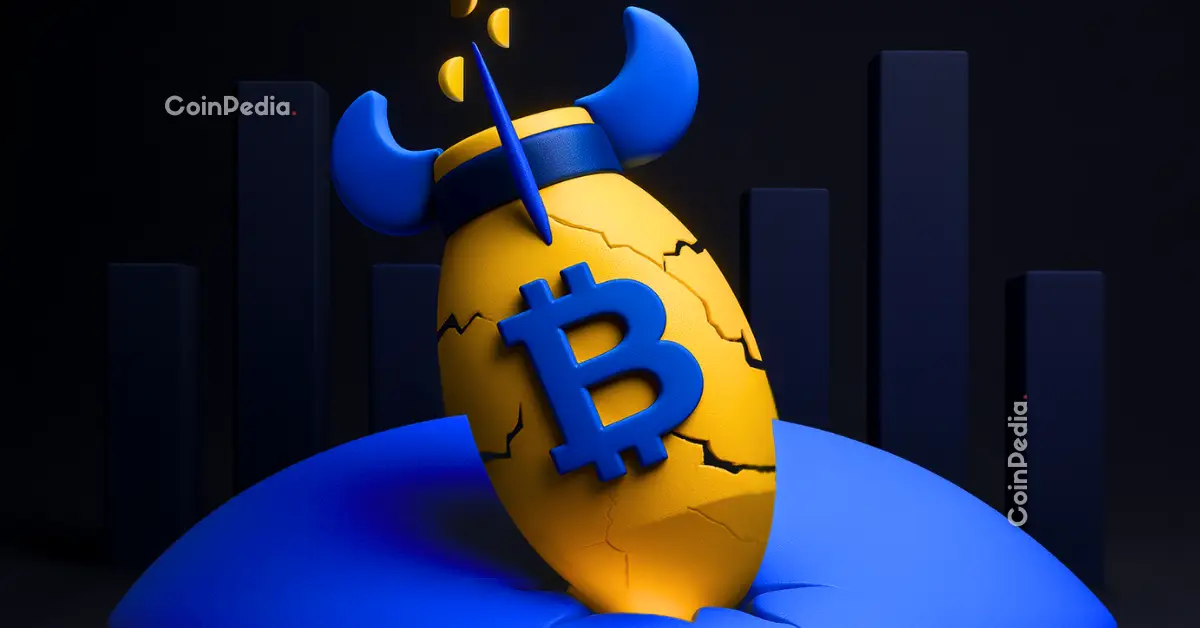
Bitcoin plunges below $90,000, hitting a 7-month low as fear spikes across the crypto market.
Economist Tracy Shuchart explains the crash is actually a series of interconnected system failures happening at once.
No strong buyers at current levels as institutions are de-risking, and retail is fearful.
Crypto markets are bleeding today as Bitcoin has dropped below $90,000 for the first time in 7 months. Fear is rising fast, with the Crypto Fear and Greed Index now at 11, and more than $1 billion in liquidations recorded in the past 24 hours.
The sharp market pullback has left everyone guessing – what’s causing the crash?
Tracy Shuchart, Senior Economist at NinjaTrader Live, explains how Bitcoin’s pullback is a system-wide failure with multiple factors at play.
Why the Drop Happened
Bitcoin surged from $40,000 to $126,000 in under a year on a specific narrative: the Fed easing and the institutional adoption through ETFs which would fuel a sustained bull market. This drove the $94 billion in futures open interest, with some platforms offering leverage as high as 1,001:1.
She notes how this setup alone shows that the system was dangerously stretched.
The real damage began when the market rapidly reversed its expectations from the Fed. The market went from pricing a 90% chance of December rate cuts to just 40%, while real yields on short-term Treasuries stayed above 5%. And this is how the entire macro story supporting Bitcoin at $126,000 collapsed.
The ETF Blow
The ETF infrastructure, which was seen as a gateway for institutional money, created massive sell liquidity that was never seen before. This resulted in $1.1 billion in ETF outflows within days.
Meanwhile, the long term holders who bought between $40,000 and $80,000 began selling 815,000 BTC over 30 days as they saw volatility ahead and wanted to lock in 50–150% gains.
The situation then cascaded as Bitcoin broke the $100,000 support level, technical stops triggered across derivatives markets. Over $20 billion in leveraged positions got liquidated throughout October and November. Each liquidation added selling pressure, creating a feedback loop. Open interest fell from $94 billion to $68 billion, but she notes that there is still more leverage that needs to clear.
No Genuine Buyers Yet
The economist notes that right now, everyone is missing the critical insight. There are no buyers at these price levels, institutions are de-risking, long-term holders are waiting for lower prices, and retail investors are cautious.
The market needs to drop far enough to clear leverage, encourage accumulation by long-term holders, and attract real capital buyers willing to tolerate volatility. She notes that the $600 billion wipeout was mostly unrealised paper gains that has evaporated.
Basically, Bitcoin’s rise from $40K to $126K added $1.7 trillion in market cap, was driven by a macro narrative that turned out to be wrong.
The Reality Check
But now the market is repricing to the reality of high yields, no Fed easing, and a stronger dollar.
She calls it “textbook deleveraging” in a highly leveraged market with no cash flows to anchor value. The sharp sell-off reflects built-up leverage, not a change in Bitcoin’s long-term value.
The real question now is what price will Bitcoin stabilize at and attract genuine buyers.
Focus on Fundamentals
Several analysts remain hopeful despite the brutal market environment. Analyst Michaël van de Poppe notes the heaviest disconnect between current prices and crypto’s underlying fundamental growth.
However, he notes that similar levels occurred during major market crashes, but history shows these periods are temporary and patience pays off.
Binance CEO Richard Teng also reminded investors that volatility is part of the journey and the best defense is a clear strategy, patience, and diligent research. “Focus on fundamentals, not the short-term noise,” he said.
Trust with CoinPedia:
CoinPedia has been delivering accurate and timely cryptocurrency and blockchain updates since 2017. All content is created by our expert panel of analysts and journalists, following strict Editorial Guidelines based on E-E-A-T (Experience, Expertise, Authoritativeness, Trustworthiness). Every article is fact-checked against reputable sources to ensure accuracy, transparency, and reliability. Our review policy guarantees unbiased evaluations when recommending exchanges, platforms, or tools. We strive to provide timely updates about everything crypto & blockchain, right from startups to industry majors.
Investment Disclaimer:
All opinions and insights shared represent the author's own views on current market conditions. Please do your own research before making investment decisions. Neither the writer nor the publication assumes responsibility for your financial choices.
Sponsored and Advertisements:
Sponsored content and affiliate links may appear on our site. Advertisements are marked clearly, and our editorial content remains entirely independent from our ad partners.








